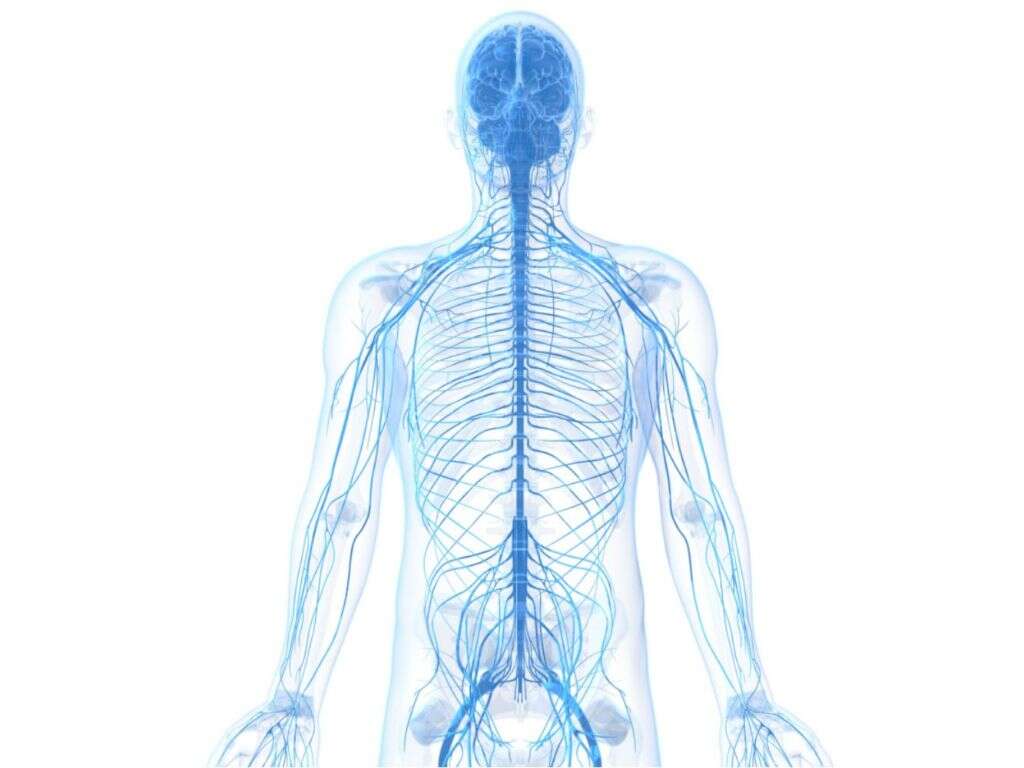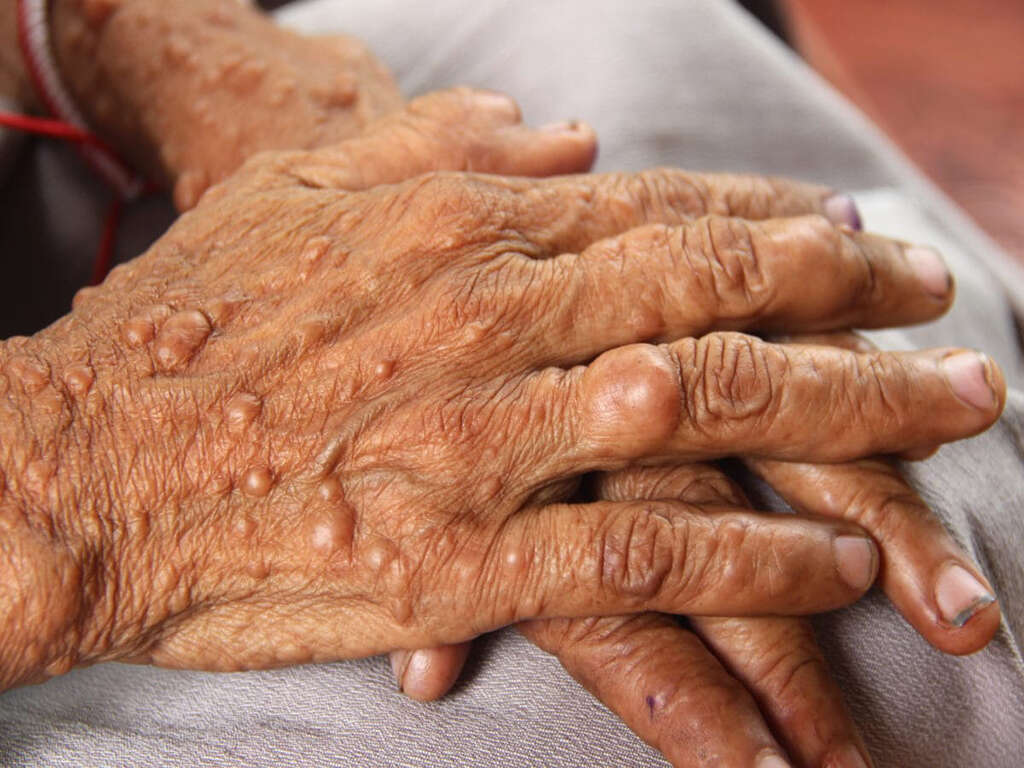What Is Dysautonomia?
3. Neurocardiogenic Syncope
There are more than 15 types of dysautonomia, and neurocardiogenic syncope is the most common of them all. Indeed, it affects tens of millions of people around the globe. It takes place when mechanisms that help the blood to return back up the body fail.
This causes blood to pool in the ankles and feet, and it also causes a decrease in the flow of blood to the brain. The lack of blood flowing to the brain causes the patient to faint; a phenomenon that is known as syncope. Most of the time it is only mild and may happen only once or twice. At other times, fainting can be a regular occurrence, and this can have an impact on the patient’s quality of life.
Advertisement











